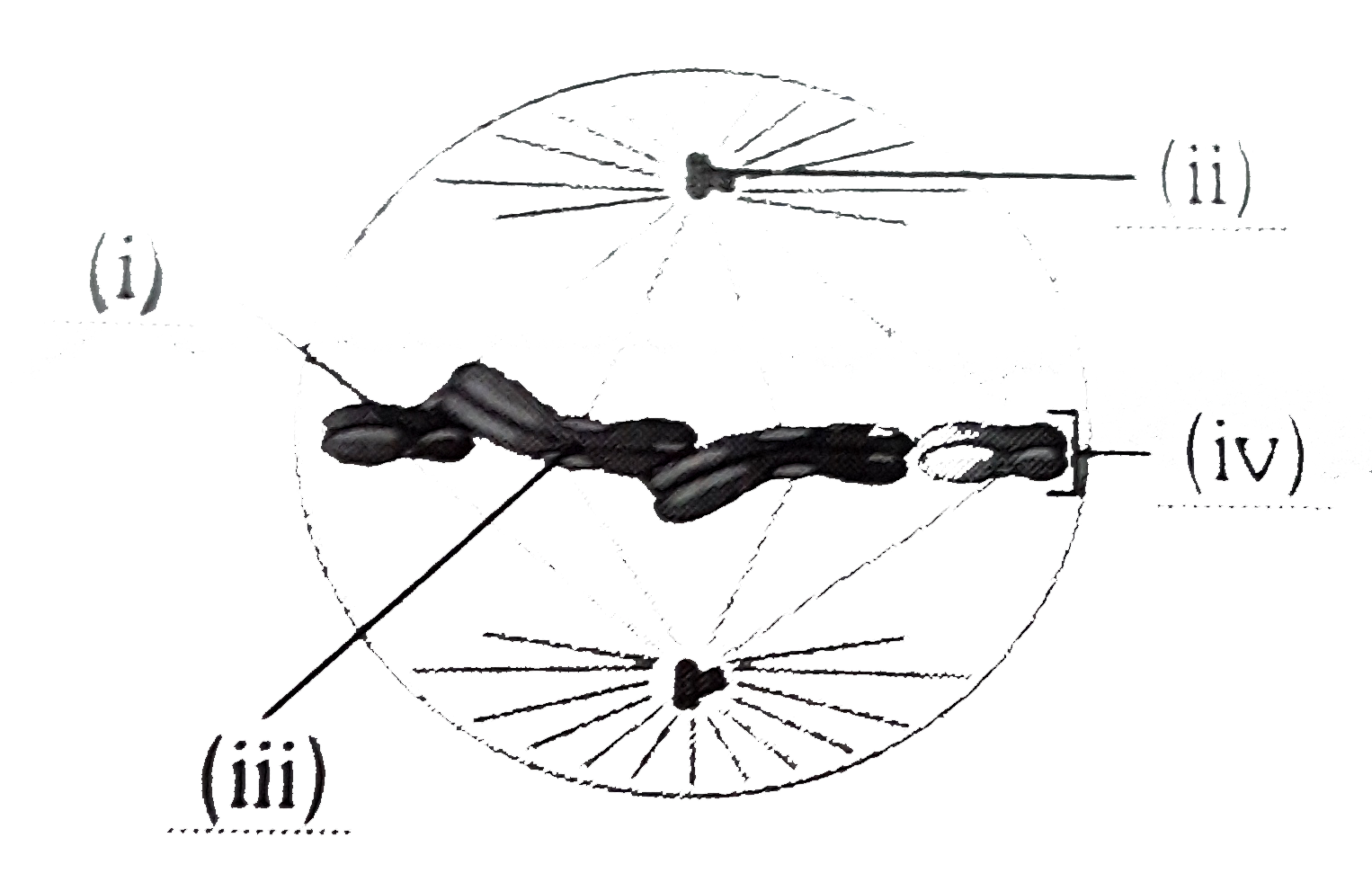Identify the parallel and perpendicular lines :
(i) Railways tracks
(ii) Hands of a clock at 12:15 ltBrgt (iii) Upright pole to the ground
(iv) Two upright trees
(i) Parallel
(ii) Perpendicular
(iii) Perpendicular
(v) Parallel
Topper's Solved these Questions
- GEOMETRYBOOK - PEARSON IIT JEE FOUNDATIONCHAPTER - GEOMETRYEXERCISE - CROSSWORD
1 Videos
- GEOMETRYBOOK - PEARSON IIT JEE FOUNDATIONCHAPTER - GEOMETRYEXERCISE - CONCEPT APPLICATION
5 Videos
- FRACTIONS AND DECIMALS BOOK - PEARSON IIT JEE FOUNDATIONCHAPTER - FRACTIONS AND DECIMALS EXERCISE - Crossword
1 Videos
- MENUSRATION BOOK - PEARSON IIT JEE FOUNDATIONCHAPTER - MENUSRATION EXERCISE - Crossword
1 Videos
Similar Questions
State whether the two lines in each of the following problems are parallel , perpendicular or neither parallel nor perpendicular :
(i) Through (8,2) and (−5,3) , through (16,6) and (3,15)
(ii) Through (9,5) and (−1,1), through (8,−3) and (3,−5)
(iii) Through (−2,6) and (4,8) , through (8,12) and (4,24).
View SolutionWhich of the following statements are true (T) and which are false (F)? Give reasons. (i)If two lines are intersected by a transversal, then corresponding angles are equal. (ii)If two parallel lines are intersected by a transversal, then alternate interior angles are equal. (iii)Two lines perpendicular to the same line are perpendicular to each other. (iv)Two lines parallel to the same line are parallel to each other. (v)If two parallel lines are intersected by a transversal, then the interior angle on the same side of the transversal are equal.
View Solution
Knowledge Check
See the following figure and identify marked lined i,ii iii and iv
 Ai Chromosome, ii Centromere, iii Centriole, iv ChromatidBi. Chromatid, ii Centromere, iii Centriole, iv ChromosomeCi. chromosome, ii Centriole, iii Centromere, iv ChromatidDi. Chromatid, ii Centriole, iii Centromere, iv Chromosome.
Ai Chromosome, ii Centromere, iii Centriole, iv ChromatidBi. Chromatid, ii Centromere, iii Centriole, iv ChromosomeCi. chromosome, ii Centriole, iii Centromere, iv ChromatidDi. Chromatid, ii Centriole, iii Centromere, iv Chromosome.Two identical charges +Q are kept fixed some distance apart.A small particles P with charge q is placed midway between them . If P is given a small displacement Δ ,it will undergo simple harmonic motion if
(i) q is positive and Δ is along the line joining the charges
(ii) q is positive and Δ is perpendicular to the line joining the charges
(iii) q is negative and Δ is perpendicular to the line joining the charges
(iv) q is positive and Δ is along the line joining the chargesA(i),(ii)B(i),(iii)C(ii),(iii)D(i),(iv)The following electric and magnetic fields produced by oscillating charged particles are
I perpendicular to each other.
II parallel to each other.
III both are perpendicular to the direction of propagation of the wave.
IV both are parallel to the direction of the waves.AI and IIIBII and IVCI and IVDII and III
State whether the two lines in the following problems are parallel, perpendicular or neither parallel nor perpendicular :
(i) Through (5,6) and (2,3) , through (9,−2) and (6,−5)
(ii) Through (2,−5) and (−2,5), through (6,3) and (1,1).
View SolutionFind the equation of line passing through the point of intersection of the lines 2x+3y+1=0 and 3x−5y−5=0
(i) perpendicular to X-axis.
(ii) perpendicular to Y-axis.
(iii) perpendicular to line x−2y+1=0
(iv) parallel to line x+2y−1=0.
View SolutionStudy the diagram. The line l is perpendicular to line m (a) Is CE=EG (b) Does PE bisect CG = (c) Identify any two line segments for which PE is the perpendicular bisector. (d) Are these true? (i) AC>EG (ii) CD=GH (iii) BC<EH

View SolutionGive a definition for each of the following terms. Are there other terms that need to be defined first? What are they, and how might you define them?(i) parallel lines (ii) perpendicular lines (iii) line segment (iv) radius of a circle (v) square.
View SolutionSelect the wrong statements with respect to DNA .
(i) The backbone of DNA is formed by the sugar-phosphate chain.
(ii) The two strands of the Polynucleotide are anti-parallel.
(iii) The nitrogen bases are parallel to the backbone .
(iv) The backbone contains a hydrogen bond.
View Solution
